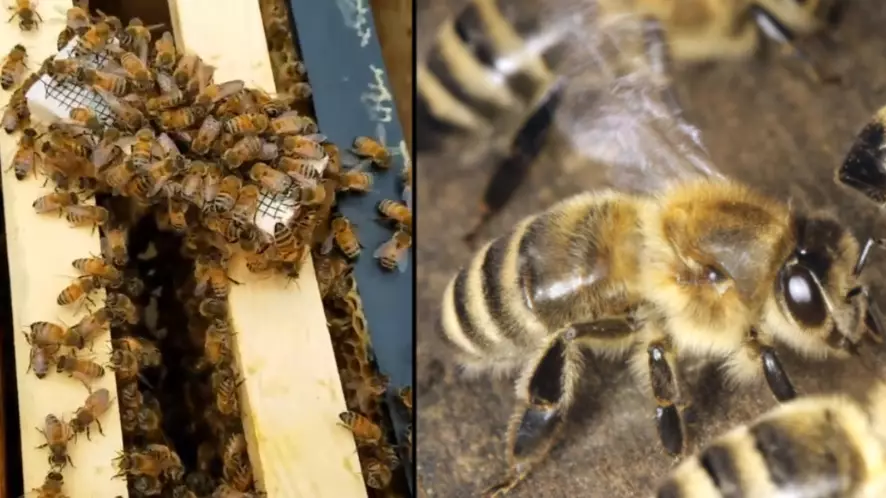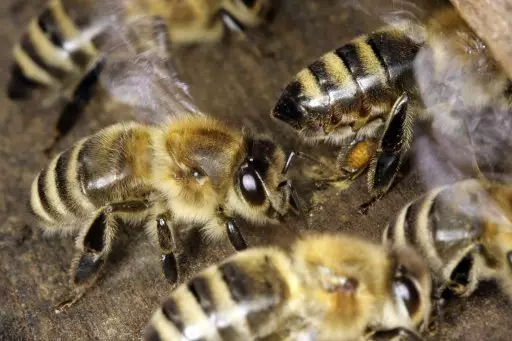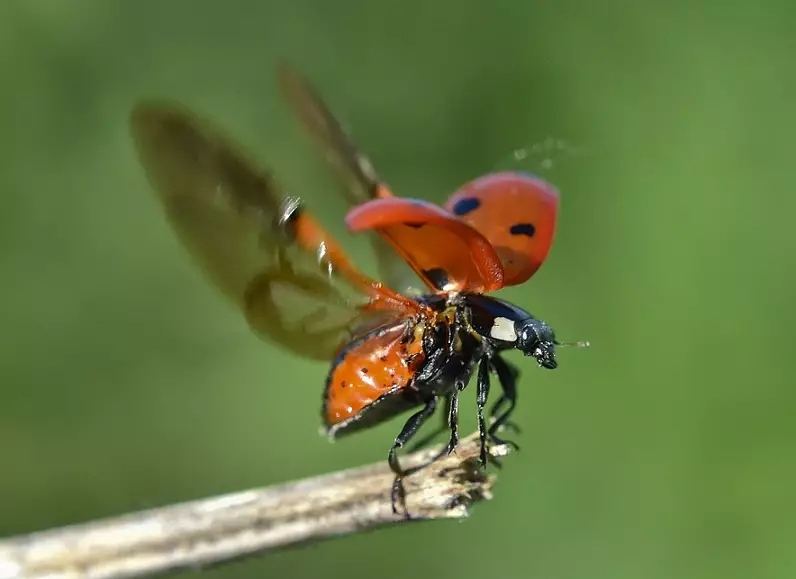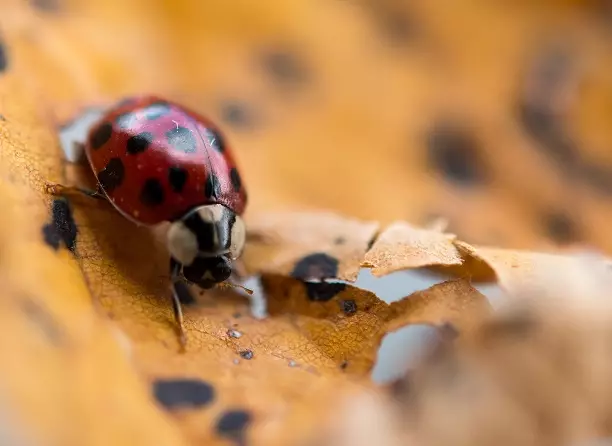
Just when you started batting every ladybird in sight away from you, the STD-carrying little cuties, there's a new insect on the block.
Yep, mating bees can also pass on sexually transmitted infections to each other.
According to the Mirror, experts say that a bee fungus (doesn't sound pretty does it?) that is transmitted through sex can have a big effect on bee breeding programmes.

Scientists from the Centre for Integrative Bee Research (CIBER) at the University of Western Australia found that the infection can cause a form of diarrhoea.
Advert
There's nothing nice about this story, if you hadn't already realised. We don't reckon the bees can have a few antibiotics and have done with it either.
This nasty fungus is known as Nosema apis - you know, in case the bee ever screams it at you mid-flight.
CIBER worked with experts at the University of Sussex and found that the fungus causes intestinal inflammation through faecal contamination and it can be passed from sick male bees to queen bees. We all know what's going on here then don't we?
And hey, at least guests on The Jeremy Kyle Show might have a few more excuses up their sleeves now...

Yesterday we told you the pretty tragic news about ladybirds, too. We say tragic because they're so adorable. But at least it means they're not alone, they're starting a little insect gang.
Advert
The Harlequin ladybirds have flown in from North America and Asia, taking advantage of mild autumn winds to pursue hibernation spots here, with the Manchester Evening News reporting that dozens of the creatures have been spotted in homes across Greater Manchester.
The species are usually bigger than those which we are commonly accustomed to, such as the two-spot ladybird, and could pose a threat to native species because of the STD they carry, called Laboulbeniales fungal disease.

It is unclear how harmful the STD could be to the insects, but the UK Ladybird Survey believe it could affect lifespan, or even the number of eggs a female ladybird can produce, which is concerning considering that native species are already threatened by habitat loss.
Advert
The creatures are generally not harmful to people, although they may bite if food is not available, which could result in a small bump or sting. In extreme cases, people can have severe allergic reactions.
If the little critters have invaded your home, it is probably best to leave them be, as they sometimes secrete a yellow substance when disturbed, which could stain your furnishings... These guys just get cuter and cuter.
Explaining the reason behind this influx in ladybirds, Berwyn Evans, UK Marketing Manager at Rentokil Initial Pest Control, said: "This year's unusually hot summer created the perfect conditions for ladybirds, and other insects, to thrive and multiply.
"In Autumn, ladybirds seek buildings in large numbers to hibernate together over the colder months. The insects are attracted to light and on sunny days will tend to gather on windows.
Advert
"Twitter reports suggest the most common species spotted is the Harlequin Ladybird, which is an invasive bug that colonised the UK in 2004.
"Ladybirds are rarely referred to as pests and are harmless creatures. In the US the Harlequin Ladybird is famous for its swarming behaviour, granting it the nickname of the Halloween Ladybug."
Stay safe out there guys.
Featured Image Credit: National Geographic/PA